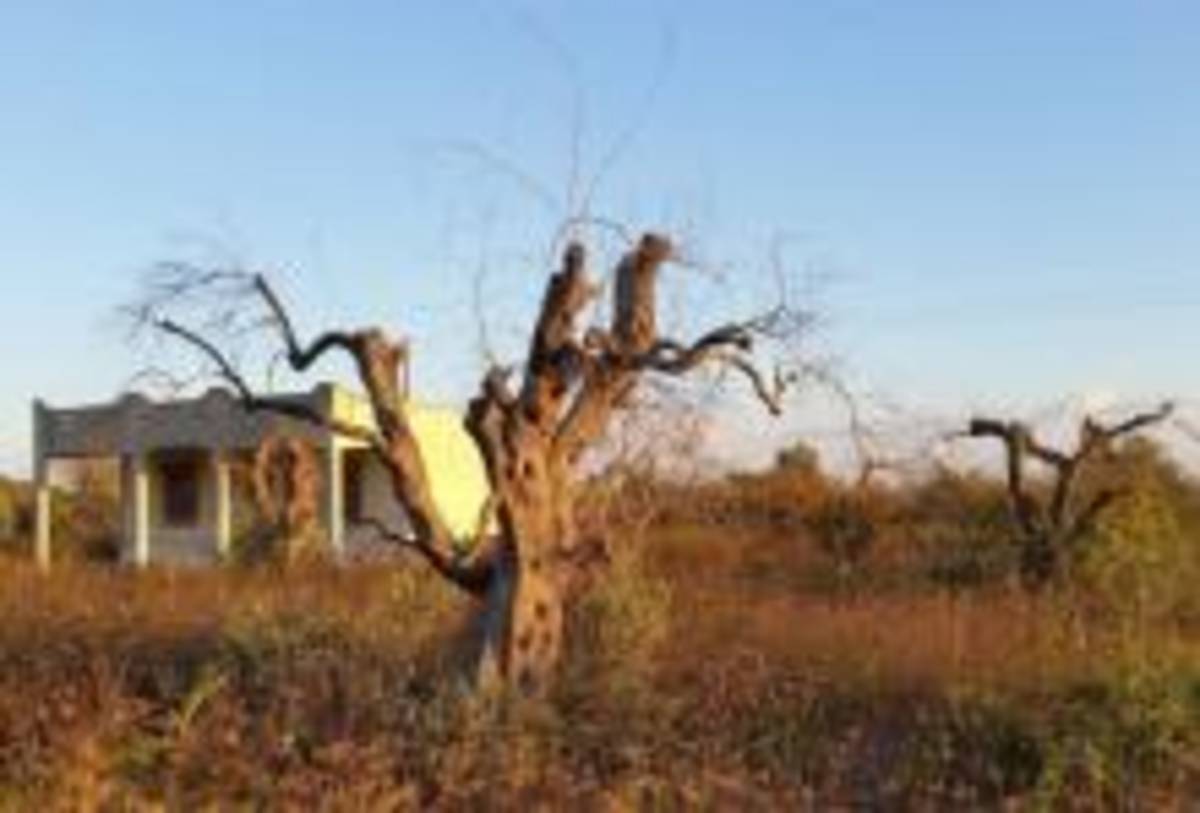A short video animation, narrated by the Oscar-winning actress Dame Helen Mirren, warns of the devastation caused by the plant disease Xylella fastidiosa, which has wiped out millions of olive trees in southern Europe and put thousands of jobs at risk.
The film has been launched on YouTube by BRIGIT, a consortium of 12 research organisations, including the John Innes Centre, the Royal Horticultural Society (RHS) and the UK Centre for Ecology & Hydrology, working to prevent Xylella arriving in the UK.
The four-minute animation is part of an awareness campaign to educate the public about the disease, which is spread by insects, as well as its symptoms and the risks of bringing plants back from abroad. There is also increasing global awareness of the threat to plants from pests and diseases, with 2020 being declared the UN’s International Year of Plant Health.
Dame Helen has a home and an olive orchard in Puglia, Italy, that has been infected by Xylella, and she has witnessed first-hand the impact of the disease on businesses and communities there. She has urged UK gardeners to purchase plants sourced or grown in this country.
There have been outbreaks of Xylella fastidiosa in southern Italy, Tuscany, Corsica, southern France, Spain and the Balearic islands, and in 2019 the disease reached Portugal.
If a Xylella outbreak were to occur in the UK, restrictions set out in EU policy on dealing with infections would come into force. These regulations involve the destruction of any plant species known to be vulnerable to Xylella within a 100m range even if they are not infected, and a ban on the movement of a wider range of plants within a 5km range. There would potentially be negative consequences for horticulture, forestry, domestic gardens, woodlands and native ecosystems.
Dr Steven White, a Theoretical Ecologist at the UK Centre for Ecology & Hydrology, is leading the modelling work as part of BRIGIT, which aims to better understand the potential spread of Xylella in the UK and to inform surveillance and control strategies.
He says: “This bacterial plant disease was first discovered in Europe in the ancient olive trees of Puglia in 2013. Since then it has rapidly spread and killed millions trees in the process, causing more than €1.2 billion of damage, despite Europe-wide control efforts and advances in our understanding of the disease. It is vital to the UK landscape that the disease is not brought to our shores.”
Xylella is a bacterium transmitted by insects that feed on the nutrients contained in plant xylem vessels, blocking the plant’s ‘plumbing’ system so it dies of thirst. The disease infects more than 500 species of plant causing leaf scorch, wilt, die-back and plant death, with the highest risk plants including olive and lavender. There is no known cure for the disease.
Xylella is not present in the UK, but the public is being asked to look out for symptoms and to report them to the TreeAlert service when the cause cannot be explained by other factors, such as frost damage, drought or other common pests and diseases.
Advice to help prevent the introduction of Xylella includes:
- Source new plants carefully, where possible buy plants grown in the UK.
- Cultivate your own plants from seeds or cuttings.
- Check plants for signs of disease before purchase and monitor the health of new plants.
- Never bring plants back with you from abroad.
Dame Helen says: “Xylella is a dreadful plant disease that has devastated businesses, communities and entire landscapes. Understanding what you can do to help keep it out of the UK is an important first step in protecting our precious plants for the future.”
Dr Gerard Clover, Impact and Engagement Manager of BRIGIT, says: “Government and industry have long warned of the threat to our landscape and economy from Xylella but we shouldn’t be complacent. Gardeners must be vigilant and report changes in the health of plants in their gardens.”
The European Commission has described Xylella as “one of the most dangerous plant bacteria worldwide”. It estimates that if the disease fully spread across the EU, this could ultimately cost €5.5 billion a year due to loss of production and put nearly 300,000 jobs at risk.
Further information
Co-ordinated by the John Innes Centre, BRIGIT is a £4.85 million initiative that aims to improve methods of diagnosis and detection of Xylella, in order to reduce the risk of it spreading to the UK and ensuring measures are in place to control the disease should it do so. The consortium involves scientists from the John Innes Centre, Amgueddfa Cymru – National Museum Wales (NMU), the UK Centre for Ecology & Hydrology, Fera Science Ltd, Forest Research, Royal Horticultural Society, Science and Advice for Scottish Agriculture, and the Universities of East Anglia, Salford, St Andrews, Stirling and Sussex.
The consortium is part of a UK bacterial plant diseases programme funded by the Biotechnology and Biological Sciences Research Council (BBSRC), the Natural Environment Research Council (NERC), Defra and the Scottish Government.
For more information about Xylella and BRIGIT visit https://www.jic.ac.uk/brigit/
